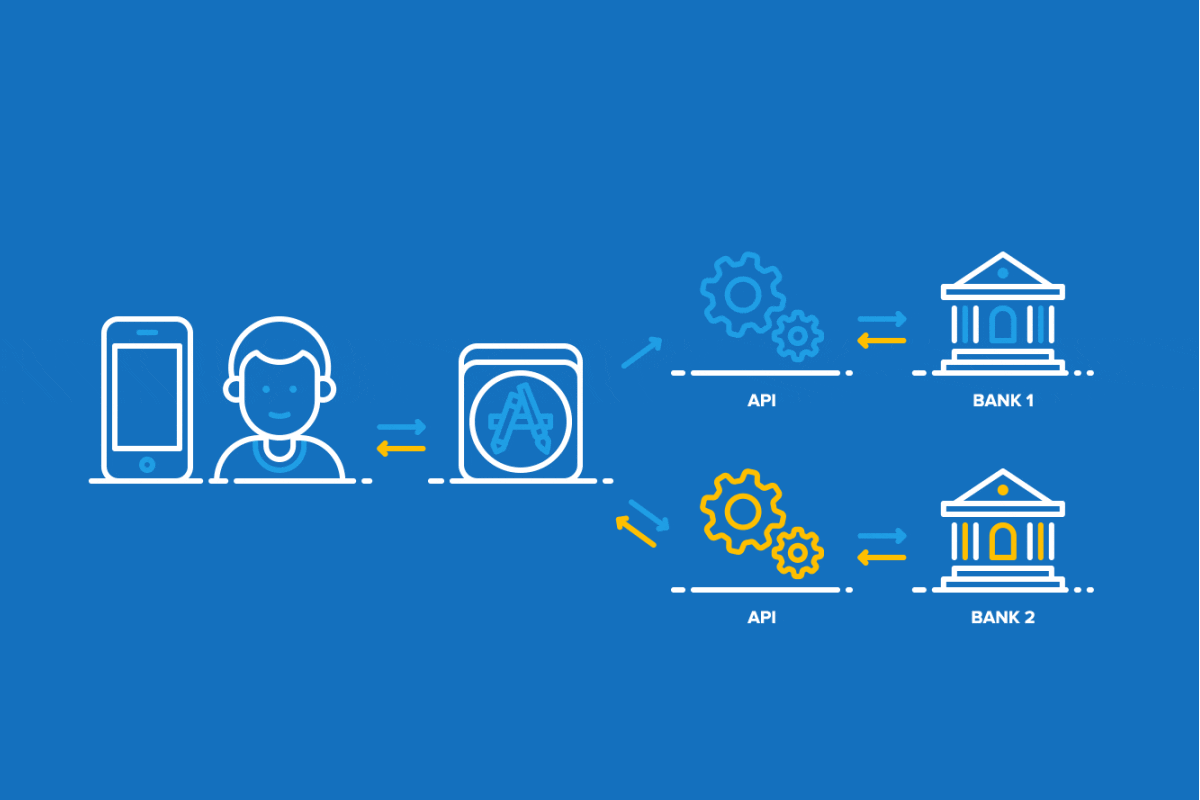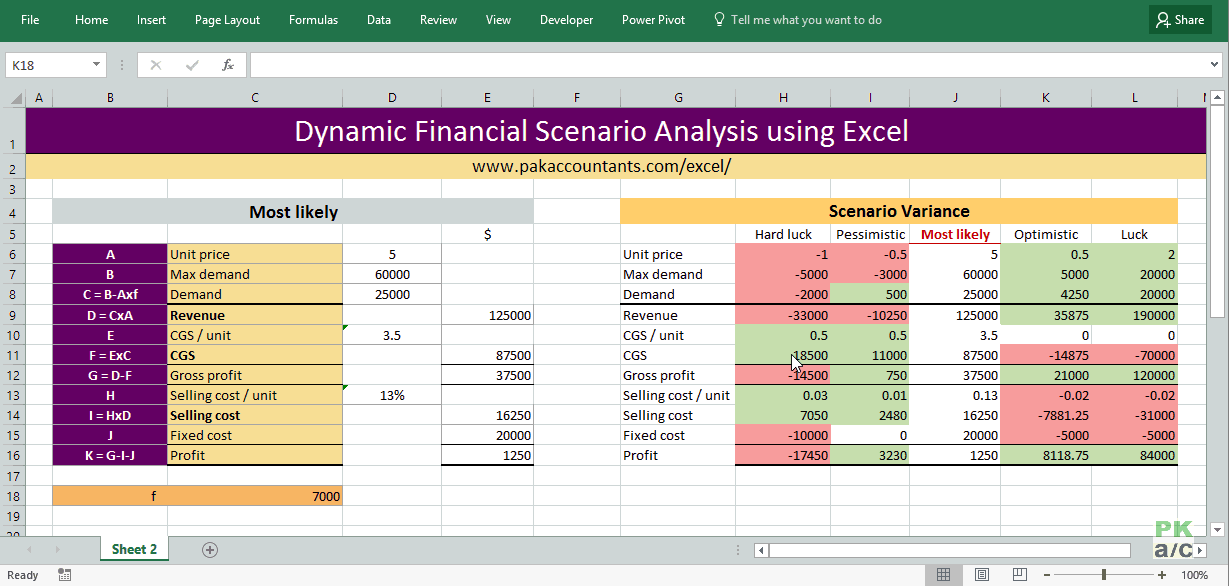Understanding Fintech in General
Fintech can be explained as the use of cutting edge technology to provide solutions in the financial domain to increase customer satisfaction and bring more convenience to the final users.
This evolution within the financial industry aims to introduce new tech-savvy financial products and services most of which helps to automate repetitive processes that earlier required human intervention.
The digital world is fast-paced and the use of the internet has transformed every industry. To cater to the needs of an aggressive customer base, the evolution within the financial domain was indispensable. The collective approach towards problem-solving in the financial services domain using technology has produced a spin-off that has been coined as Fin-tech.
Fintech in the Banking domain
Fintech is totally on the verge of disrupting the consumer banking industry. The disruption is inevitable given the simplicity of services in the traditional form of banking which can now be rendered very conveniently through the use of technology.
If you look closely the technological advancements have also changed the financial procedures and the way these institutions function.
Let’s look contextually into some of the major aspects of banking that the Fintech has redefined.
Credit Services
Fintech has expanded the horizons when it comes to providing loans. Some of the prominent Fintech companies have taken upon themselves to bring more transparency and ease in the borrowing process by eradicating unnecessary documentation and other loopholes. They aim to simplify the process of obtaining financial aids for businesses and individuals.
Payment Services
Not much long ago, payment transfers and related services was a challenge for the customer. From long queues to limited banking hours and whatnot, it was a painful experience. Today a service or a product is not just limited to providing a solution but providing a memorable experience for the customer.
Keeping the customer experience in mind the Fintech companies have revolutionized the payment services segment totally. Payment using smartphone applications and the internet is the norm today, thanks to the harbingers of the Fintech revolution.
Wealth Management Services
Fintech training has redefined the way people are saving and investing their hard-earned money.
There are companies like Robinhood whose mission is to reduce the income inequality that prevails in society by providing commission-free trading and investing platform.
Today people want what’s best for them and not a general best seller, realizing this gap Fintech companies are catering to customized investment solutions for people looking to invest their money.
How is it changing the banking domain?
Let’s see how the banking sector has been transformed drastically with the advent of Fintech companies in the context of digital & mobile banking services.
Digital Banking
One of the best things about the digital space is that it is not constrained by geographies. This feature alone has helped many banks to expand their customer base in multiple territories without having to invest in building a brick and mortar outlet. Other than this the services are available for the 21st-century consumers who don’t sleep, meaning 24*7 has been the norm.
Mobile Banking
With the proliferation of e-commerce and food-tech companies, the consumers needed a more convenient method to do the transaction. Realizing this need the Fintech companies have designed mobile banking solutions that just require your smartphone and bank details to start a transaction. Problem solved!
Conclusion
Fintech has totally changed the banking industry for good. Mobile banking and digital banking services have mended the follies of traditional banking services. Focusing more on the customer experience aspect the Fintech companies are boosting the customer satisfaction level to new heights making them more loyal and committed to the service providers.


 The
The 
